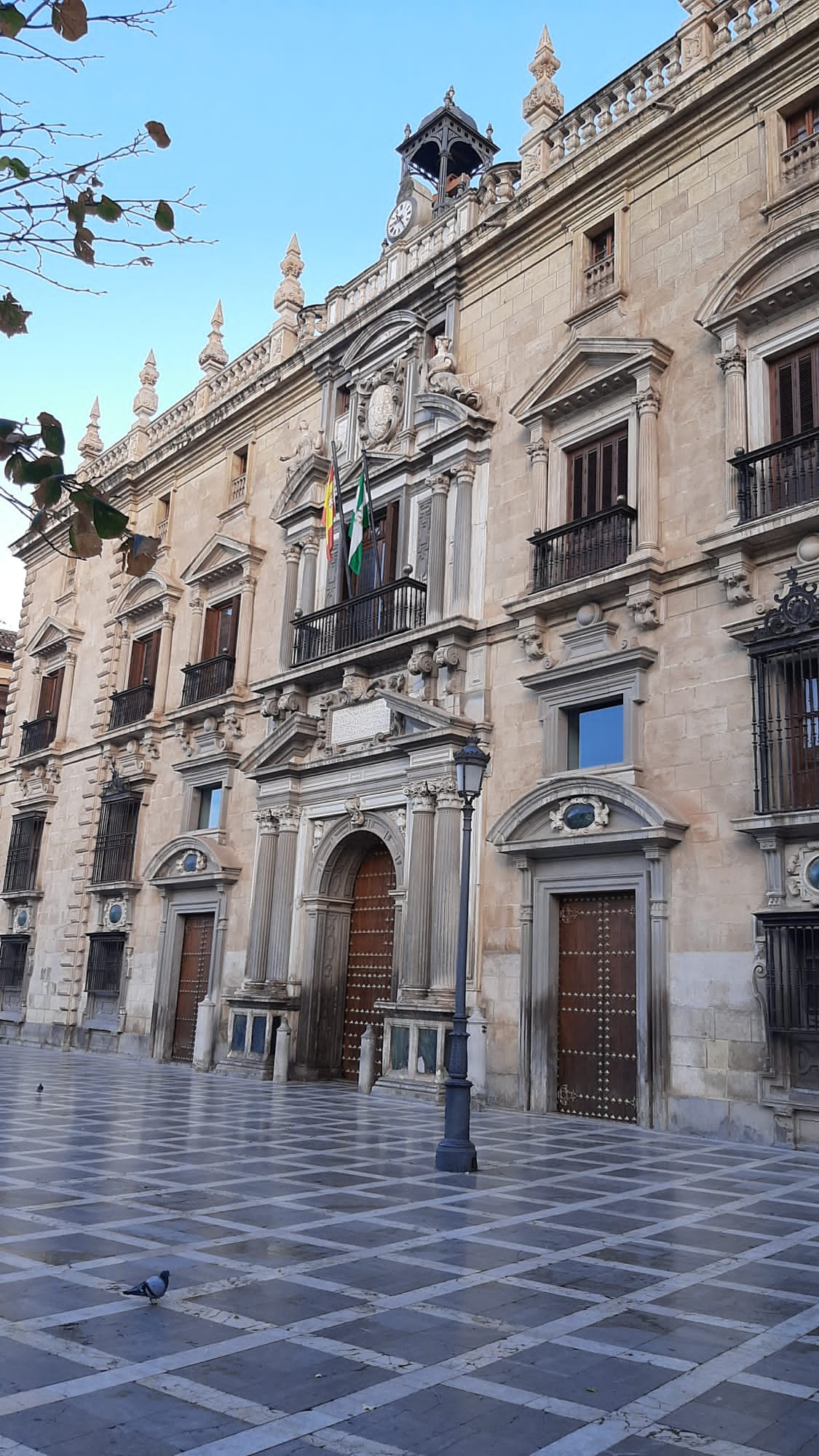The Royal Chancellery of Granada, home to the High Court of Justice in Granada, presents a unique challenge: how to implement modern energy solutions without compromising its historical and high-security status. Approaching the half-point of the project SMARTeeSTORY team in Granada successfully navigated this complexity through by obtaining the necessary permits for the solution deployment and designing it to minimize its impact as much as possible
Retrofitting a historical building of such significance required securing special permits and approvals from multiple stakeholders. These permits were essential to ensuring that all modifications met strict security and heritage preservation requirements.
A major hurdle, as in many other historical heritage building, was the stringent restrictions on altering the building’s façade, rooftop, and interior spaces, which are largely original. The project team had to significantly adapt their approach, focusing on office spaces instead. This shift slightly reduced the demonstration area but, nevertheless, ensured that the majority of the building’s regular users would benefit from the implemented solutions.
Achievements and Progress
• Permit Acquisition: Successfully obtained the necessary approvals for installation and material use.
• Collaborative Planning: Finalized hardware and communication architectures and designated the final demonstration area.
• Material and Access Approvals: Approved the materials list and arranged all necessary access permits.
• Solution Design: Final installation design to ensure accurate measurement of parameters and effective equipment control, overcoming challenges related to communication capabilities.
The Granada team’s strategic adjustments have laid a strong foundation for integrating innovative energy solutions while preserving the historical integrity of the Royal Chancellery.



